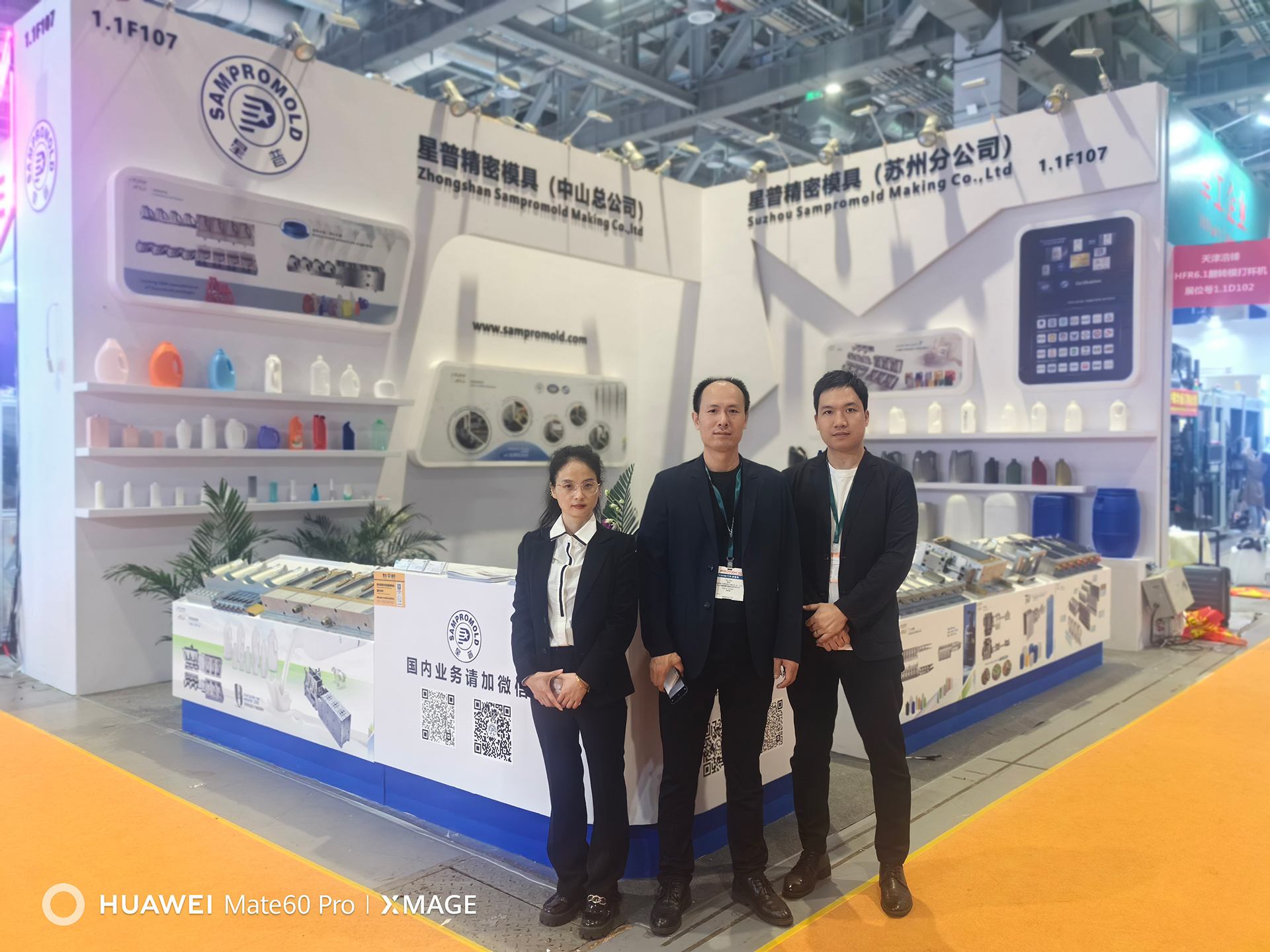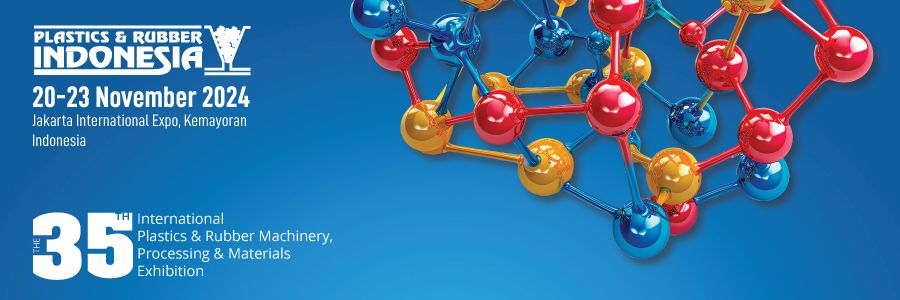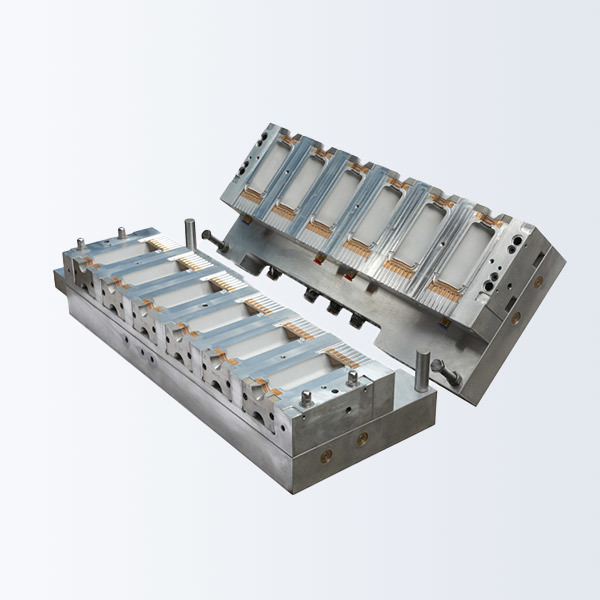Unlocking the Benefits of Using Durable Silicone Injection Molds for High-Quality Manufacturing
Time:
2025-05-01
Unlocking the Benefits of Using Durable Silicone Injection Molds
Introduction to Silicone Injection Molding
Silicone injection molding has revolutionized the manufacturing landscape, providing innovative solutions across various industries. This process involves creating molds from high-quality silicone materials that allow for the precise formation of complex shapes and designs. The durability and flexibility of silicone molds make them ideal for producing intricate parts with consistent quality.
What Are Silicone Injection Molds?
Silicone injection molds are designed to create items made from silicone rubber. This material is known for its excellent thermal stability, flexibility, and resistance to extreme temperatures. Silicone molds are used in various applications, including automotive, medical, and consumer products, ensuring that manufacturers can produce parts with high precision and durability.
The Composition of Silicone Molds
Silicone molds are typically made from two-part silicone rubber that cures into a highly resilient material. This composition allows for a wide range of applications, providing manufacturers with the flexibility to create products that meet specific requirements.
Advantages of Using Silicone Injection Molds
Utilizing silicone injection molds comes with numerous benefits that can significantly enhance manufacturing processes. Here are some key advantages:
1. Exceptional Durability
Silicone molds are known for their long-lasting properties. They can withstand repeated use without compromising their structural integrity, making them a cost-effective option for high-volume production runs.
2. Precision and Accuracy
The accuracy of silicone injection molds allows manufacturers to create parts that meet tight tolerances. This level of precision is crucial in industries such as medical and automotive, where even minor discrepancies can lead to significant issues.
3. Flexibility in Design
Silicone molds can be easily customized to accommodate a wide range of designs. This flexibility allows manufacturers to produce complex shapes and details that may be challenging to achieve with other molding materials.
4. Resistance to Extreme Temperatures
One of the standout features of silicone is its ability to withstand both high and low temperatures. This property makes silicone molds suitable for various applications, including those that require exposure to heat or cold during production.
5. Easy Demolding Process
Silicone molds allow for easy demolding of finished parts, reducing the risk of damage during the extraction process. This ease of use enhances production efficiency and minimizes waste.
Applications of Durable Silicone Injection Molds
The versatility of silicone injection molds makes them suitable for a wide array of applications across numerous industries. Here are some areas where silicone molds excel:
1. Medical Devices and Equipment
In the medical field, precision and quality are paramount. Silicone injection molds are widely used to create components for medical devices, ensuring that products meet strict regulatory standards while maintaining high reliability.
2. Automotive Components
The automotive industry relies heavily on durable silicone molds for producing parts such as gaskets, seals, and various other components. The ability to withstand harsh environmental conditions makes silicone an ideal choice for automotive applications.
3. Consumer Products
From kitchenware to toys, silicone injection molds are used to manufacture a variety of consumer products. The flexibility in design allows for creative and functional items that appeal to consumers.
4. Electronics and Electrical Parts
Silicone's insulating properties make it suitable for producing electronic components, such as connectors and insulators. These parts benefit from silicone's durability and resistance to moisture and heat.
Best Practices for Using Silicone Injection Molds
To maximize the benefits of silicone injection molds, manufacturers should follow certain best practices:
1. Choose Quality Materials
The quality of silicone used in the molds directly impacts the final product. Selecting high-grade silicone will enhance durability and performance.
2. Optimize Mold Design
Investing time in the mold design process is crucial. Ensuring that the mold accommodates the specific needs of the product will result in higher efficiency and lower waste.
3. Regular Maintenance
Regularly inspecting and maintaining silicone molds will prolong their lifespan and ensure consistent quality in production. Proper cleaning and storage are also essential.
4. Train Staff on Handling and Usage
Ensuring that staff are trained in the proper handling and usage of silicone molds will minimize errors and improve overall efficiency.
Comparing Silicone Injection Molds to Other Molding Materials
While silicone injection molds offer numerous benefits, it’s essential to compare them with other molding materials to understand their unique advantages fully.
1. Silicone vs. Plastic Injection Molding
Plastic injection molding is widely used for mass production; however, silicone provides superior flexibility and durability. Silicone molds can handle more complex designs and are more heat-resistant than many standard plastics.
2. Silicone vs. Metal Molding
Metal molds are durable but can be more expensive and less flexible in terms of design. Silicone molds offer a quicker turnaround time for prototyping and lower costs for small production runs.
Cost Considerations for Silicone Injection Molds
Understanding the costs associated with silicone injection molds is vital for manufacturers. While the initial investment might be higher than traditional molds, the long-term benefits often outweigh these costs.
1. Initial Setup Costs
The setup costs for silicone molds can be significant, especially for custom designs. However, as production volumes increase, the cost per unit typically decreases, leading to overall savings.
2. Maintenance and Longevity
Investing in high-quality silicone molds can reduce maintenance costs and extend the mold's lifespan. The durability of silicone means fewer replacements and repairs over time.
Future Trends in Silicone Injection Molding
As technology continues to advance, the future of silicone injection molding looks promising. Here are some trends to watch:
1. Automation in Production
Incorporating automation into the injection molding process can enhance efficiency and reduce labor costs, allowing manufacturers to produce more with less.
2. Advancements in Silicone Formulations
Research into new silicone formulations will likely lead to even more durable and versatile materials, expanding the possibilities for silicone injection molding.
3. Sustainable Practices
The push for sustainability is affecting all manufacturing sectors. Innovations in eco-friendly silicone materials and processes will be vital in meeting regulatory requirements and consumer demand for sustainable products.
FAQs About Durable Silicone Injection Molds
1. How long do silicone injection molds last?
Silicone injection molds can last for years with proper maintenance and care. Their durability is one of their main advantages, making them suitable for high-volume production.
2. Can silicone molds be used for food products?
Yes, silicone molds are food-safe and commonly used in the production of kitchenware and food-related items, provided they meet FDA regulations.
3. What types of silicone are used for molds?
There are various types of silicone, including high-temperature silicone and medical-grade silicone, each suited for different applications depending on the required properties.
4. Are silicone molds suitable for outdoor applications?
Yes, silicone molds are highly resistant to UV rays and weather conditions, making them suitable for outdoor products.
5. Can I modify a silicone mold after it’s made?
While it is challenging to alter silicone molds once created, it is possible to design a new mold based on the modifications required, allowing for enhanced functionality.
Conclusion
In conclusion, durable silicone injection molds provide numerous advantages for manufacturers seeking high-quality production methods. Their exceptional durability, flexibility, and ability to produce precise and intricate designs make them a valuable asset across various industries. As technology advances and the demand for sustainable practices grows, silicone injection molds are set to play an increasingly essential role in modern manufacturing processes. By understanding the benefits and best practices associated with silicone molds, manufacturers can unlock new efficiencies and quality in their production efforts.
RELATED NEWS













